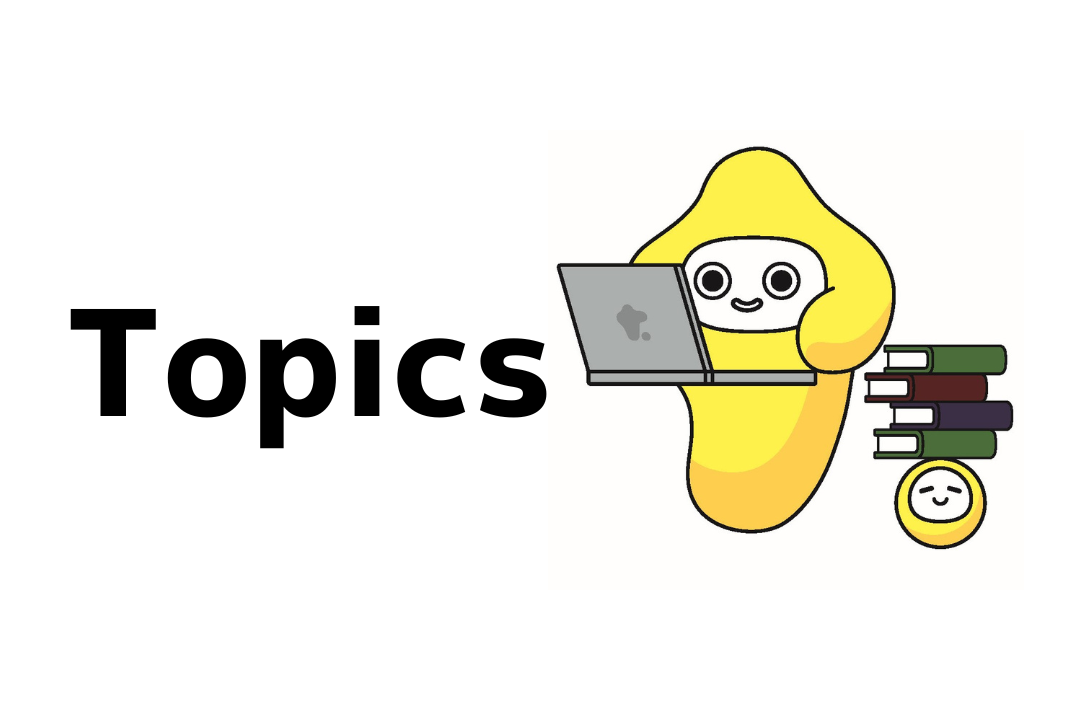Young Faculty / 070
Assistant Professor Naoto Morita, Tsuchiya Lab, Department of Aeronautics and Astronautics
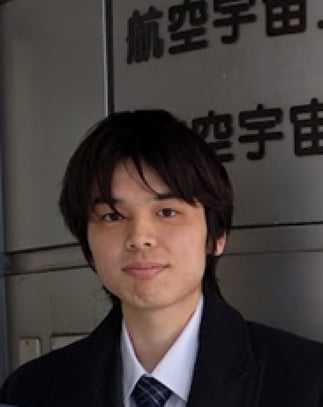
< Biography >
Mar, 2015:Bachelor's degree, Department of Applied Mechanics and Aerospace Engineering, The Faculty of Science and Engineering, Waseda University
Mar, 2017:Master's degree, Department of Aeronautics and Astronautics , School of Engineering, The University of Tokyo
Mar, 2020:Doctor of Science,Department of Aeronautics and Astronautics, School of Engineering, The University of Tokyo
Apr, 2020:Assistant Professor, Department of Aeronautics and Astronautics, School of Engineering, The University of Tokyo
< About the Research >
With the rapid spread of drones in recent years, unmanned aircraft have become more familiar to the public, and their role in society has grown. The development of technologies related to unmanned aerial vehicles has brought us closer to the realization of aircraft that can continue to fly day and night. In particular, an unmanned aircraft that can stay in the air at an altitude of around 20 km less affected by the weather is called a High-Altitude Pseudo-Satellite (HAPS) or High-Altitude Platform Station, and many companies are competing to develop such a system. I am researching the development and operation of a compact and low-cost HAPS system at the laboratory level, using optimization techniques that combine aerodynamic and trajectory analysis and coupled structure-motion analysis.
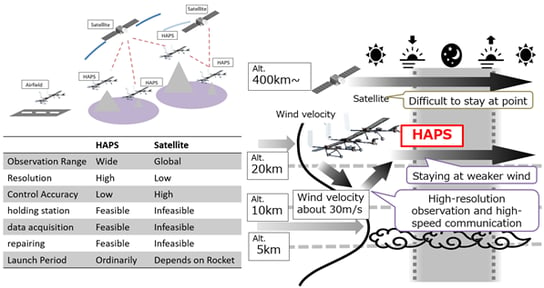
1 : Feature of HAPS compaared to satellites
A) High-precision flight control and gust load alleviation control of multiple canard aircraft using active aeroelastic control
I am focusing on the technology to enable the flight of flexible and lightweight main wings by active control to realize more compact HAPS and am conducting research through simulations and flight experiments. I have implemented an inexpensive and highly accurate algorithm to measure the attitude and structural displacement of the aircraft using a combination of MEMS sensors and strain gauges and have used this algorithm to control the deformation of the aircraft in flight and to measure the deformation of the aircraft's structure. We are also conducting research on in-flight deformation control and gust load mitigation control using these algorithms.
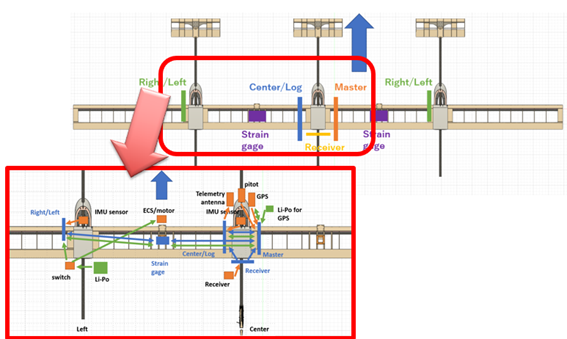
2 : Airframe configuration and arrangement of various sensors
B) Algorithmic Research on Multi-Disciplinary Optimization and its Application to Actual Aircraft
It is necessary for aircraft development to use computational fluid dynamics, structural analysis, and motion simulation. Combining these analyses to search for the best aircraft geometry efficiently is called multi-disciplinary optimization. I am researching and developing algorithms for efficient multi-disciplinary optimization by combining the panel method, which is a relatively low-computational-cost computational fluid dynamics, structural analysis, and trajectory optimization techniques, and applying them to the design optimization of HAPS, hypersonic aircraft, multi-copter, and hybrid airframes.
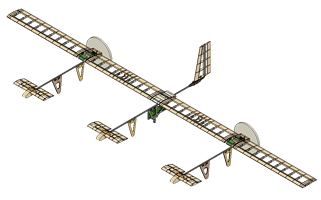
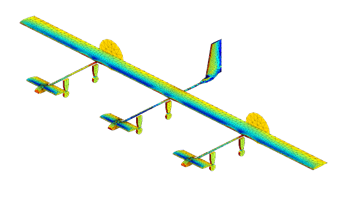
3 : Airframe design and aerodynamic analysis results using the panel method
< Educational Activities >
The research on active aeroelastic control shown in A) is actually conducted by building and flight-testing an experimental aircraft. Volunteer students, mainly from the Department of Aeronautics and Astronautics, are participating in the design and build of this aircraft as part of the HAPS project. Not only do students learn about aerospace engineering through classroom lectures, but also through the construction of the actual aircraft, its structure, circuits, and control laws, they are able to produce even more significant educational effects. By working with many students on a large-scale system, we can bridge the gap between research and education and conduct original research that is unique and superior to others.
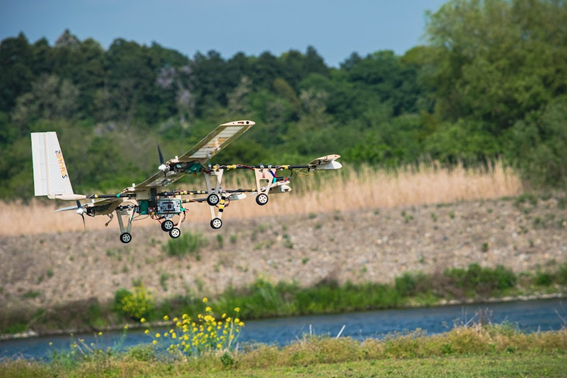 4 : Scene of flight test
4 : Scene of flight test
< Future Aspirations >
In the summer of 2024, we are conducting research and activities to achieve a successful 24-hour continuous flight at an altitude of less than 150 meters. I enjoy my research activities every day, as I am often surprised by unexpected events when I am actually building the aircraft. I will keep working toward making HAPS a familiar part of our daily lives and contributing to an enlightened society in the future.
< URL >
Tsuchiya Laboratory : https://www.flight.t.u-tokyo.ac.jp/
HAPS Project : https://ut-hapsrg.studio.site
You May Also Like
These Related Stories

“Tech Girl Meetup 2022 Online” will be held as a part of the Open Campus for Junior-high and High School Students (Wed., August 3rd)

Junhyuk Kim (D3) , Department of Bioengineering, received "Excellent Poster Award"
